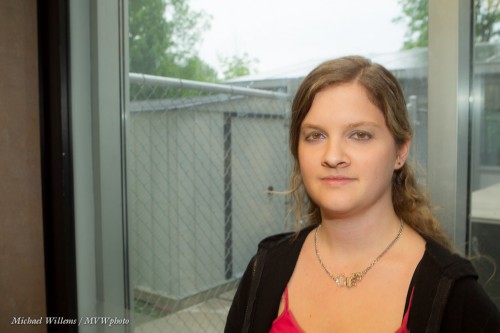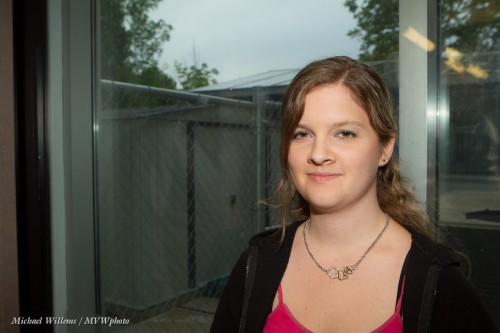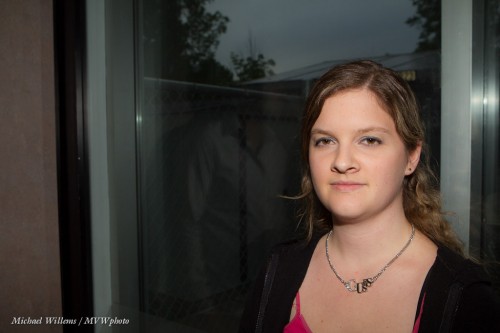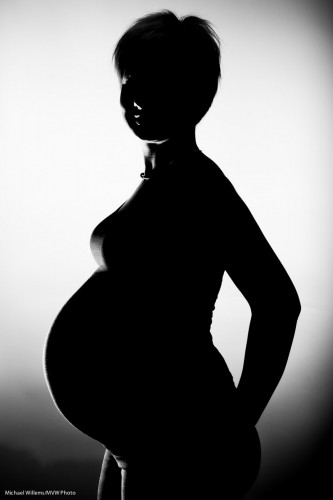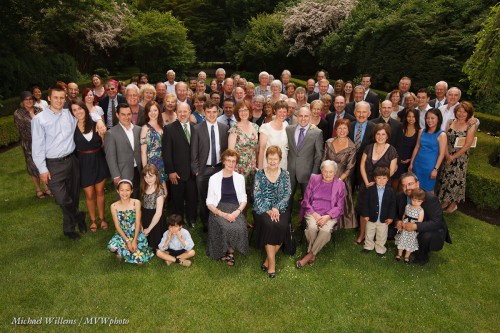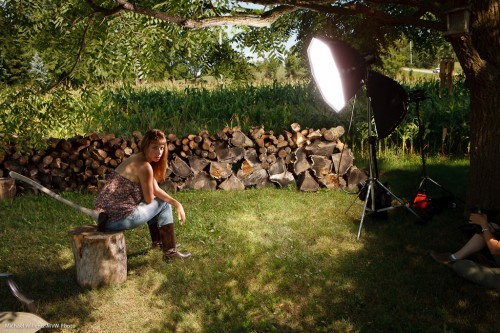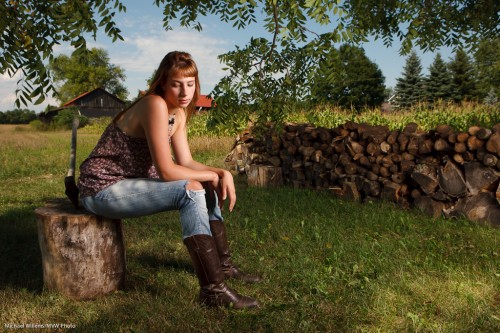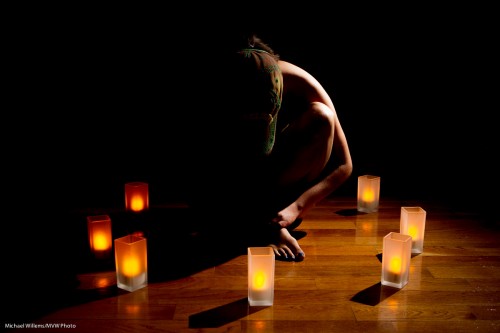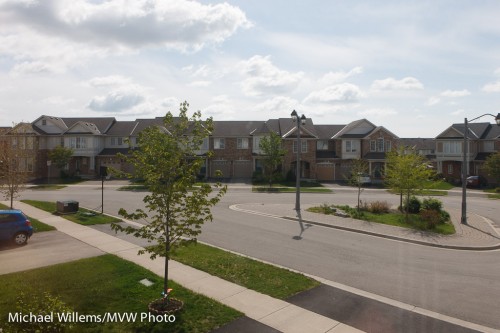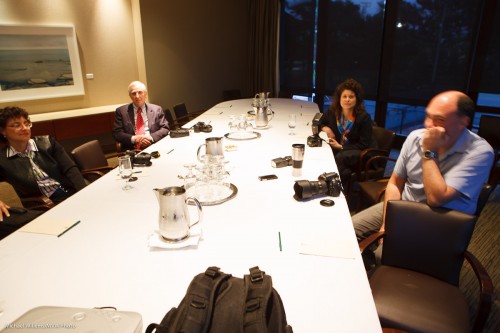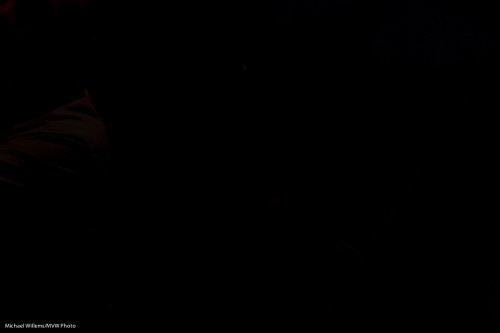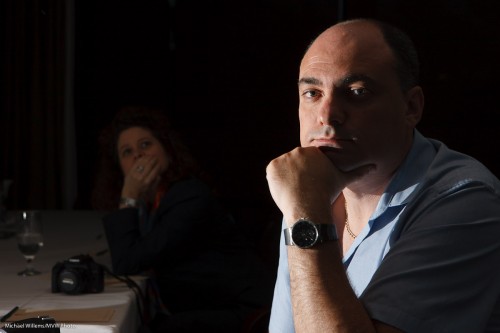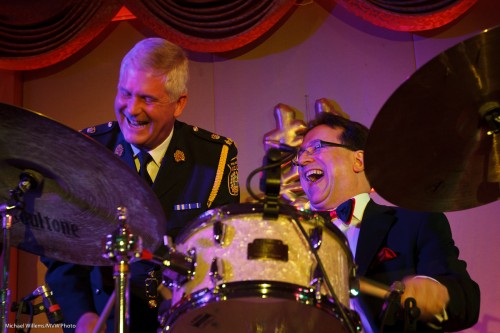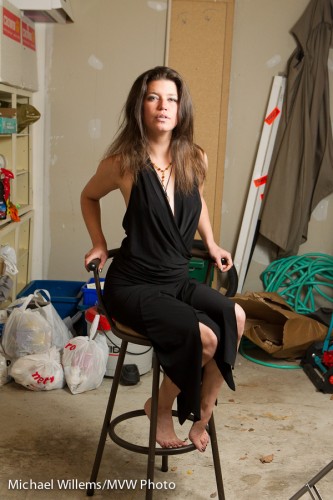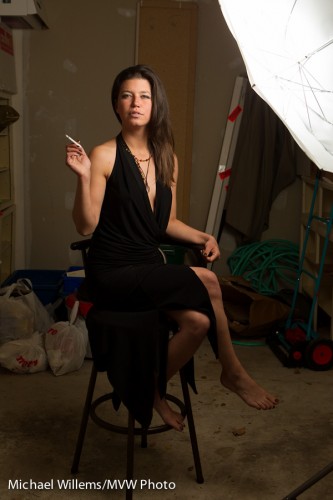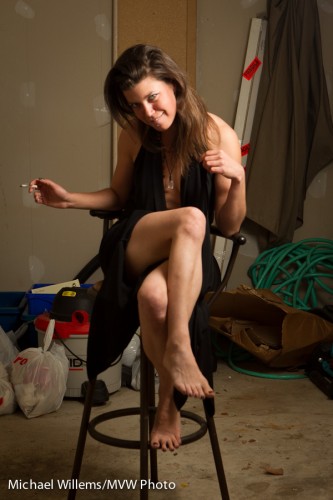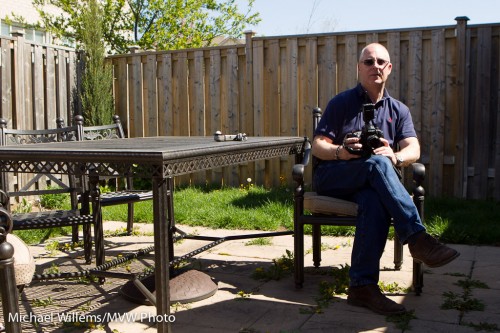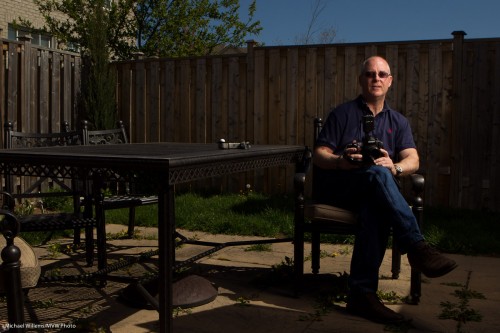This blog is for general readers who want to learn professional photography skills (hi, everyone) and pros who wants flash knowledge (hi, guys). But it is also for my students – previously at the School of Imaging; now for my Sheridan College and private students (and stand by for more news). So here I repeat things I have talked about in classes, to support the class.
Such as this: The difference between background and foreground in a mixed flash/ambient image.
Easy to learn with some practice!
You need to remember the basics:
- The flash power determines the brightness of the foreground.
- Your “Triangle” settings (Aperture-Shutter-ISO) determine the brightness of the background.
You also need to learn the main restrictions:
- Flash power may not be enough. Aperture affects flash too, so for darker backgrounds, try to keep aperture low and shutter fast. Or get closer.
- Note, shutter speed cannot exceed 1/250th second (roughly)
Look at these examples, of a student at Sheridan College yesterday:
I changed the background by setting my shutter to 1/15th second, 1/50th second., and 1/250th second, respectively. The flash part is roughly the same, since the flash power remains the same – but the background is najorly affected by this.
So remember, in any flash picture, you always start by asking “what will the background without flash need to look like”? That could be totally dark (studio); middle (dramatic outdoors), or bright (a party). But it’s always your first question.
Clear? (Pun intended).
___
PS: I have a special on for private or small-group training June – just $75 plus HST an hour instead of the usual $95. Email me!

